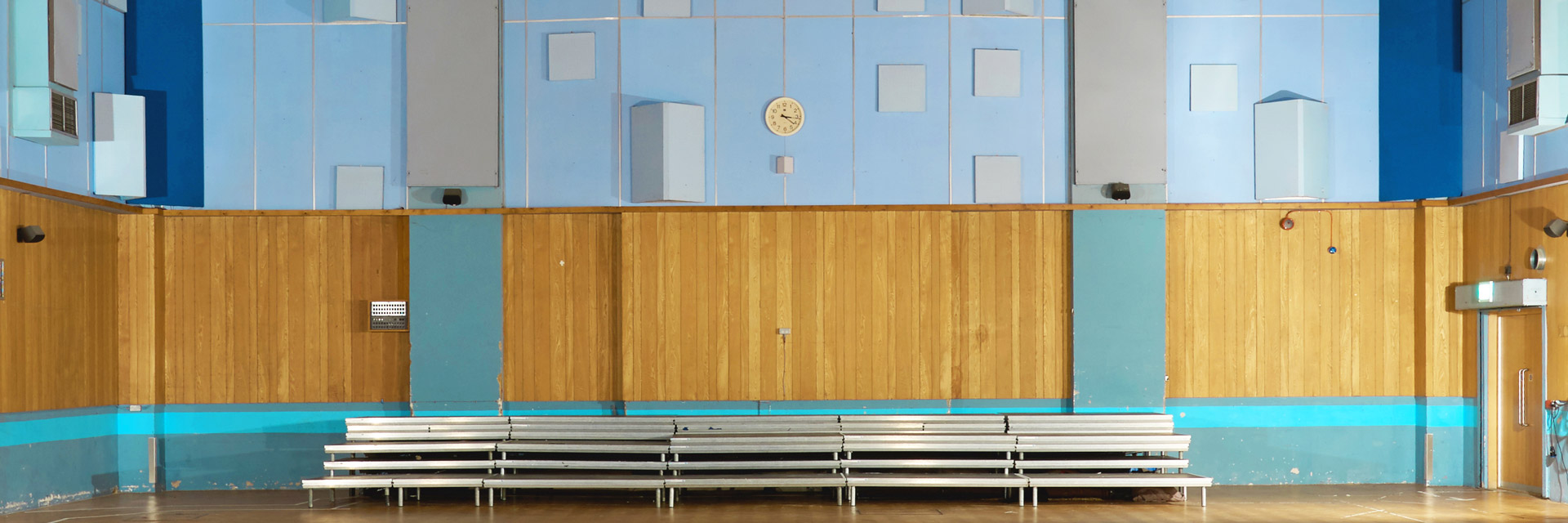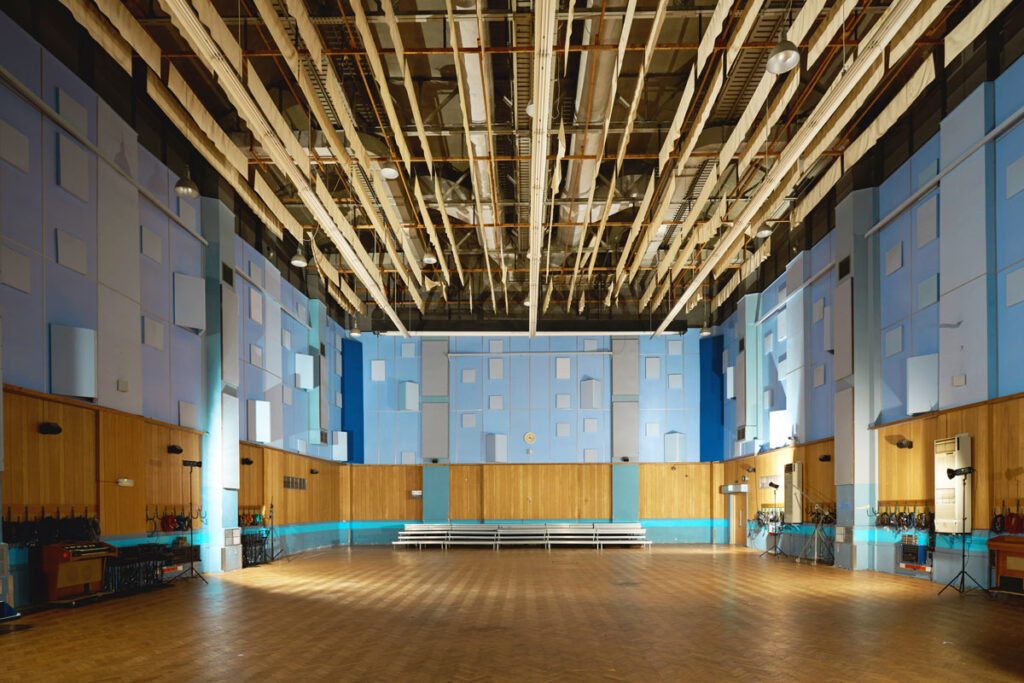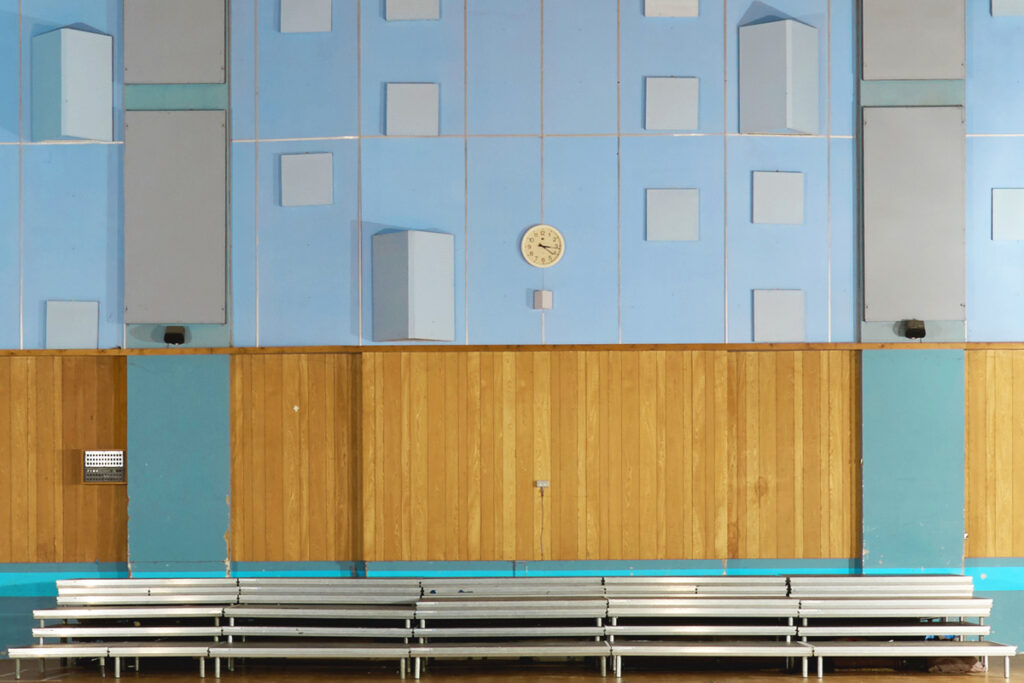Professional musician Stefan Gawlick is on the road all over the world. Not only in concert halls, but also in recording studios. A good enough reason to broaden the scope of this series of concert hall performances and get a taste of studio life.
The Abbey Road Studios – sooner or later we had to come to this legend of a music room. It is the oldest and largest recording studio in the world, the one with the most famous recordings, regardless of genre. Pretty much everyone knows the crosswalk in front of the entrance building, and the modest entrance with the pretty lamp above the door has also become an icon of pop culture.
The story goes back to 1929, when the Grammophone Company bought a posh apartment building for 16,500 pounds and then had it converted for an then-outrageous 100,000 pounds. The building opened at the end of 1931 and the owner was no longer the Grammophone Company, but EMI, which wouldn’t change for a long time.
Edward Elgar inaugurated Studio One with the London Symphony Orchestra and they recorded the BBC Proms hit Land of Hope and Glory, a production which became a legend in its own right.
Of course, over the course of the next 95 years, the building was repeatedly rebuilt and extended to meet changing needs. Ultimately, however, the largest room, Studio One, is still more or less in its original form today.
When you play in it, the enormous ceiling height of twelve meters is initially disconcerting. Although this provides a good volume of air, which helps the sound, it can also cause problems because you can’t always control what comes back from up there. The Berlin Teldex Studio, described here two issues ago, is a few meters lower with the same floor space and is therefore easier to control.
However, this particular reverberation from above also creates a special signature in the sound, which can be heard, for example, in the radiant brass passages in James Bond films: a reverb that is not too long, has a certain hardness and also makes high notes sound “big”.
The calm and tranquillity of earlier productions, as described in the memoirs of EMI producer Suvi Raj Grubb, for example, is now history. Today, the musicians are all over the place, the occupancy of the expensive room in the heart of Westminster is tightly clocked up to ensure that the bottom line is right.
Even if there are of course concert halls that sound more impressive, it is always an experience to play here, as there are few halls that convey the feeling of stepping onto “sacred ground”.
Incidentally, it’s a special treat if you can take a look inside the microphone cabinets. What has accumulated here over the last few decades is quite simply unique. I don’t know of any studio in the world that has a similar fleet, which doesn’t just mean the selection, but also the sheer quantity. Of course you come across the odd Neumann U67 every now and then. But 18 of them?
I don’t know exactly which rooms are covered by the bookable tours. But once you have the opportunity to listen to a master in the Studio One control room, you’ll know forever what a stereo system should sound like.
Music tips – recordings with a sound signature typical of the Abbey Road Studios
Everything from EMI from England, The Beatles, James Bond, Indiana Jones, Lord of the Rings, Harry Potter, Elton John … and the list goes on



